Chilean Firebush Facts
- The highly fascinating Chilean Firebush possesses a rather remarkable and unique attribute that sets it apart from virtually all other known plants. That holds true due to a naturally evolved capability that other types of flora do not have.
- This unusual genus has the ability to access various nutrients in the soil that normally remain inaccessible to plants. This also appears to be especially true of the mineral phosphorus, and to various others to slightly lesser degrees.
- Furthermore, the members of this incredible genus further accomplish this through an extraordinarily unique adaptation of the root system. While in the seedling stage, it generates an extremely dense type of root mass known as cluster roots.
- These distinctive formations have the capability of releasing various acidic substances into the soil. These substances then work to transform normally unusable elements into forms that the plant subsequently uses for nourishment.
- This also has the fortunate side effect of providing extra nutrients to other plants via falling leaves. For this reason, the remarkable Chilean Firebush also ranks a keystone species within its habitat. This makes its survival of great importance.
Related Articles
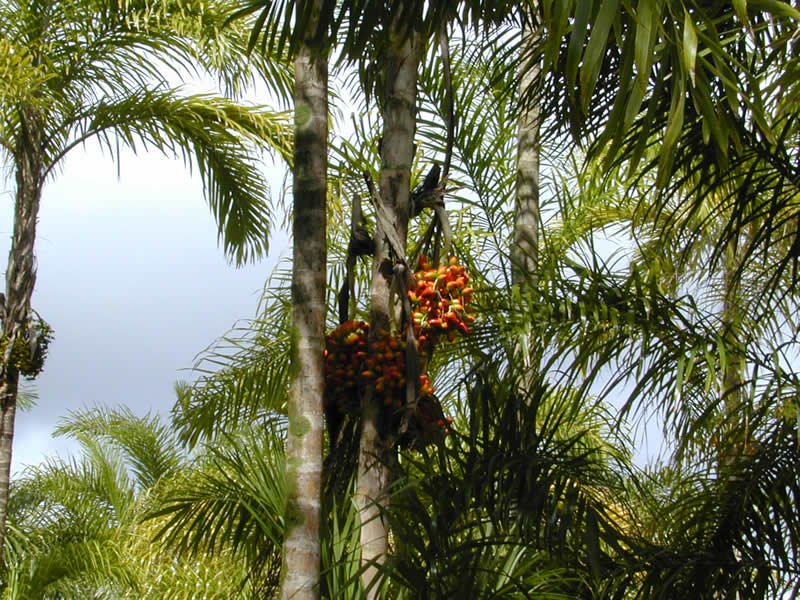
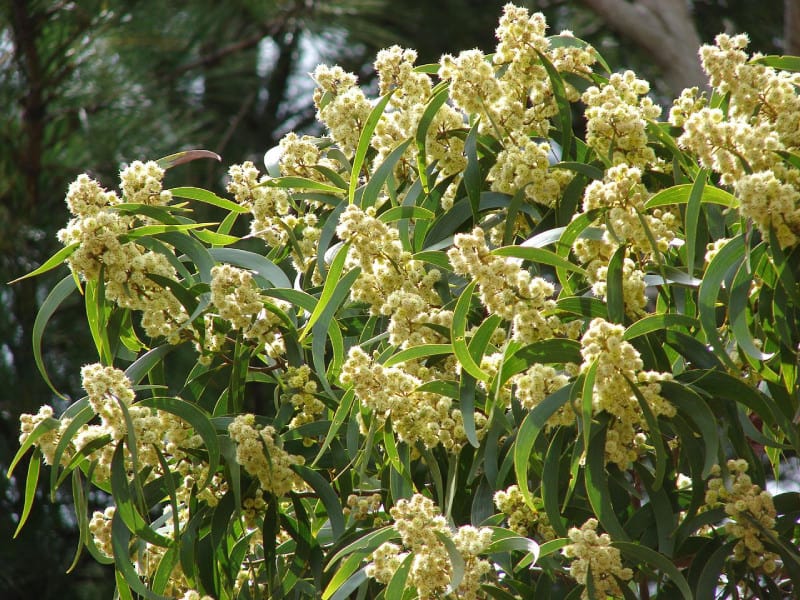
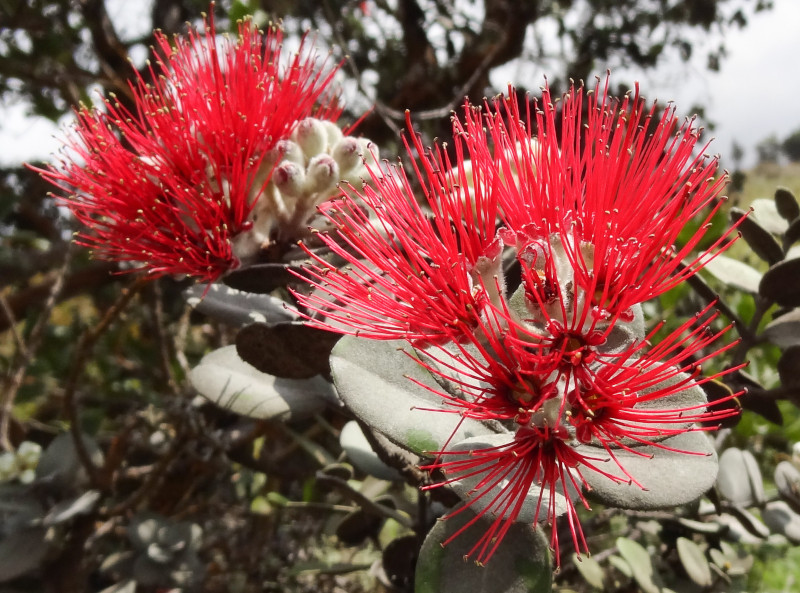
Chilean Firebush Physical Description
The seemingly aptly-named Chilean Firebush has a truly amazing ability. To be more precise, it evolved the ability to appear as either a tree or an extremely large shrub. However, the way in which it develops depends on environmental factors.
The remarkable tree often attains heights of as much as 50 ft (15 m). Most specimens rarely reach that height, though. Plus, an average trunk diameter measures roughly 20 in (50 cm), and the bark predominantly has a dark gray hue, with lighter spots.
Amazingly, the wood of the remarkably impressive Chilean Firebush actually evolved to present a light pink in color. This characteristic quite easily sets it apart from related species. This part of the distinctive plant also remains quite soft, but very durable.
Not to be outdone, the blooms also typically appear in large clusters. And when they do, these most commonly display a deep red color. The plant also appears to be predominantly pollinated by a combination of insects and hummingbirds.
- Kingdom: Plantae
- Phylum: Angiosperms
- Class: Eudicots
- Order: Proteales
- Family: Proteaceae
- Genus: Embothrium
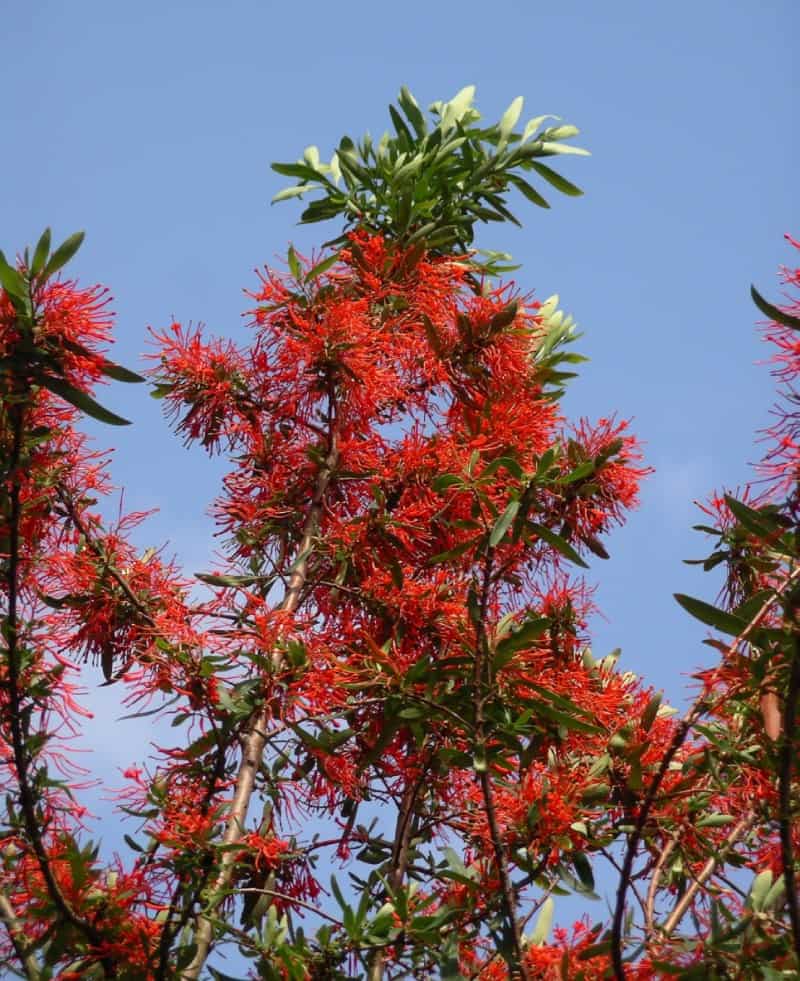
Chilean Firebush Distribution, Habitat, and Ecology
The Chilean Firebush is a small but remarkable species of evergreen tree. It also evolved as endemic to the temperate forests of Argentina and Chile, in South America. The various members of the genus appear in scattered populations as far south as Tierra del Fuego.
Within its endemic habitat range, this genus of plants inhabits a variety of habitats. It appears from sea level to altitudes of up to 6,562 ft (2,000 m). While it prefers regions with a high moisture level, it has proven itself to be rather adaptable to moderately dry climates.
In cultivation the amazing Chilean Firebush most commonly appears as an ornamental plant. But, it also serves as a source of timber in some places. Unlike the majority of flowering trees, it achieves pollination via the actions of various types of birds.
Species Sharing Its Range

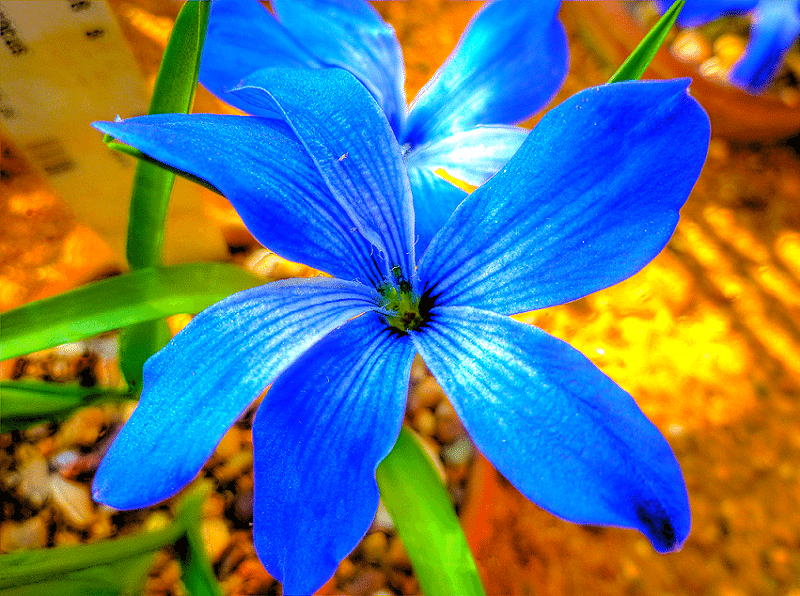
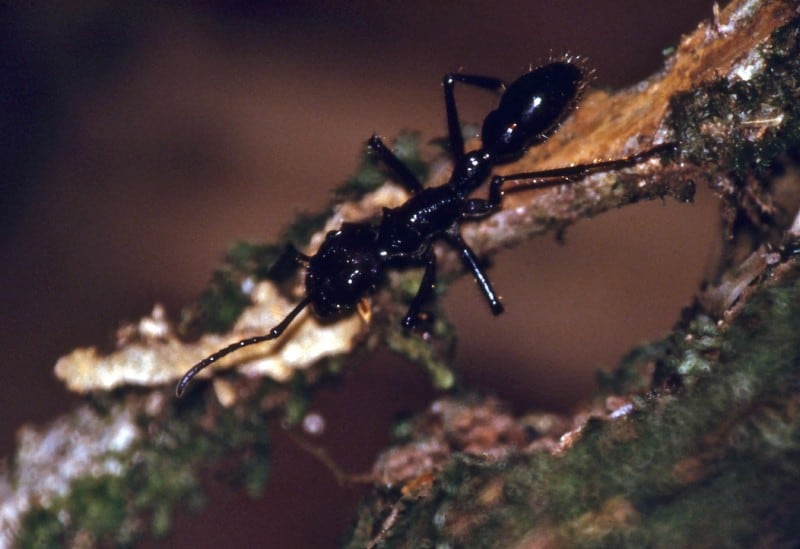
Check out our other articles on English Oak, Bosnian Pine, 6 Extraordinary North American Reptiles, Lord Howe Island Stick Insect, Tiger Shark, Eastern Diamondback Rattlesnake
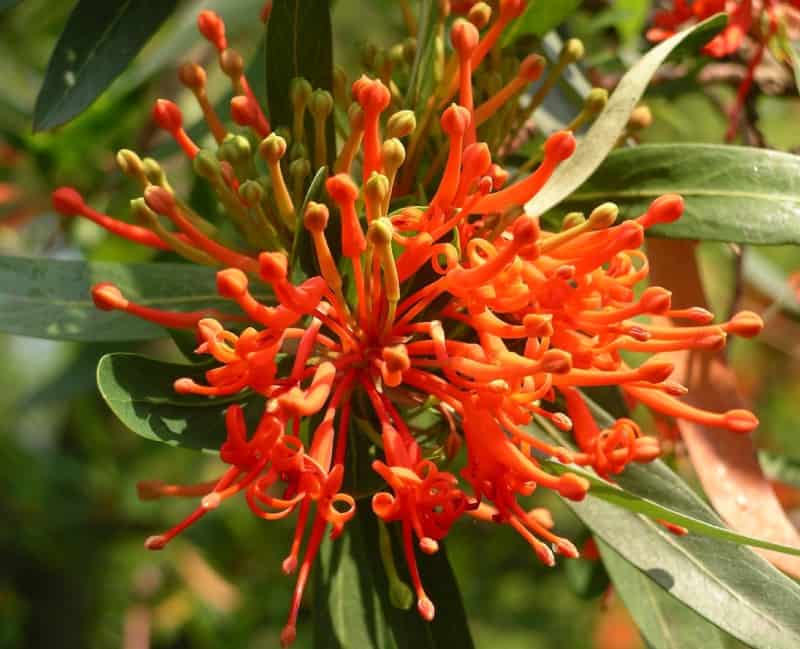
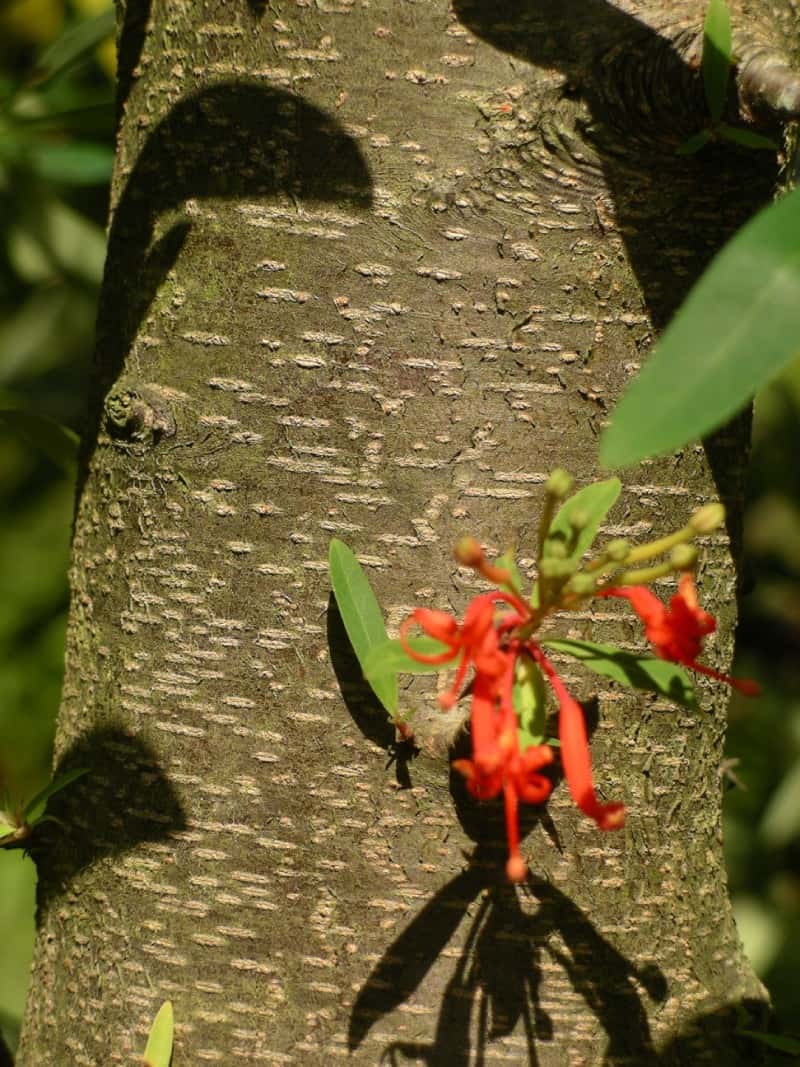









H0w to purchase this plant
Hello Mike,
We are not involved in the selling of plants or seeds, ourselves, but there are numerous buisnesses that are in that market. You can purchase them, therefore, in many regions. Here is a link, chosen at random, from those found on line.
https://bit.ly/3jNiZyg
I wish you success in your efforts.
Sincerely,
OBP